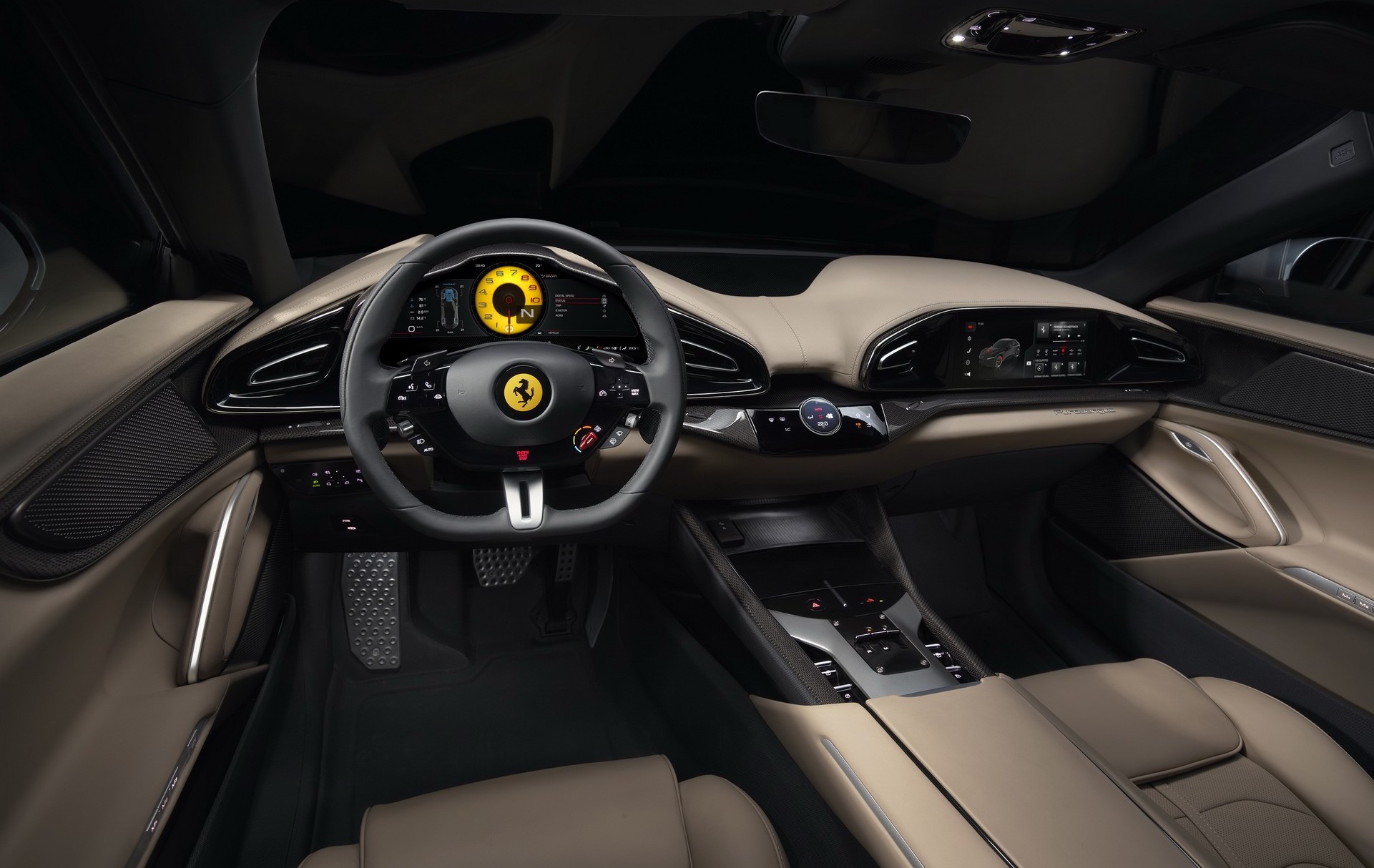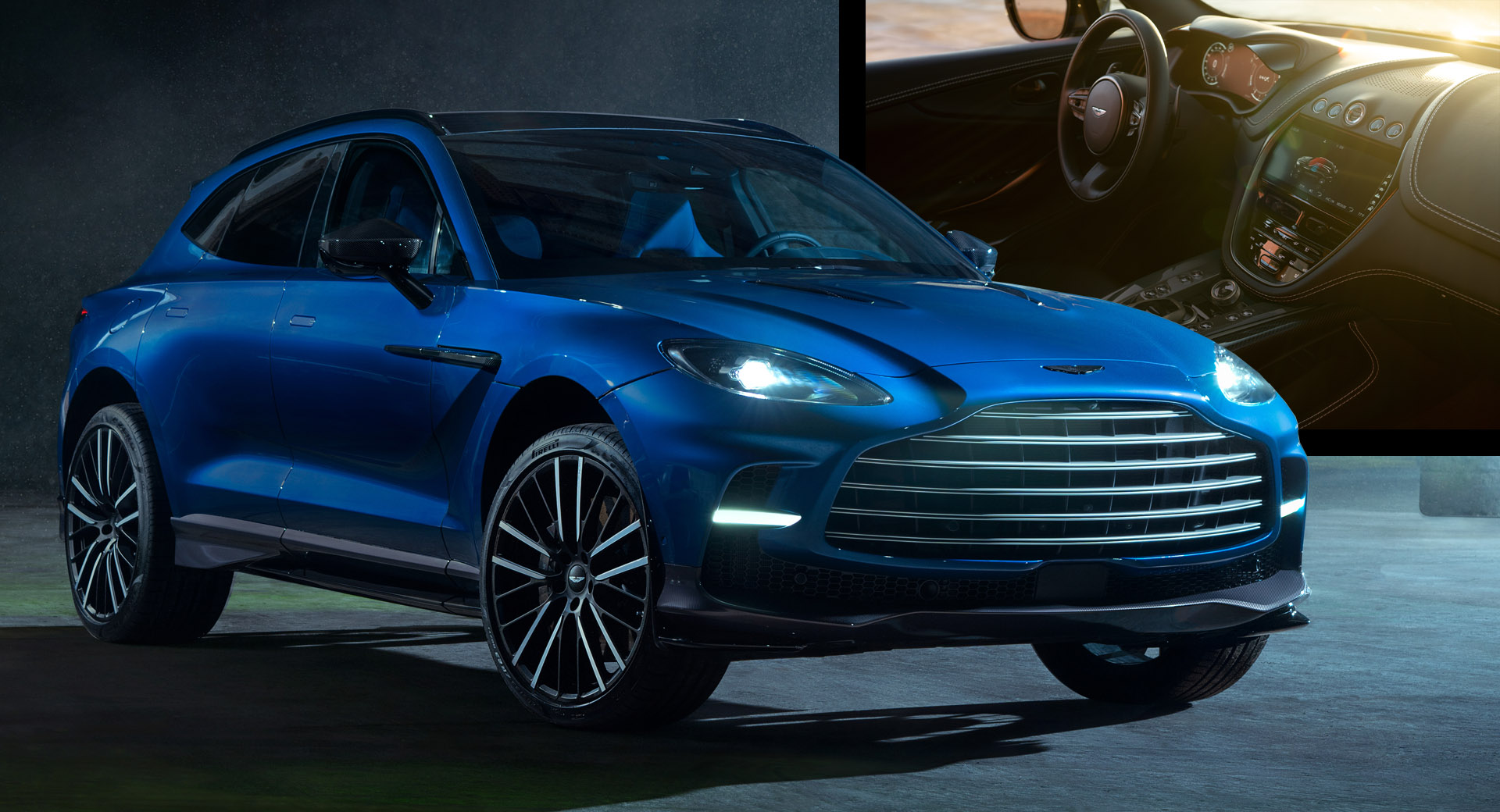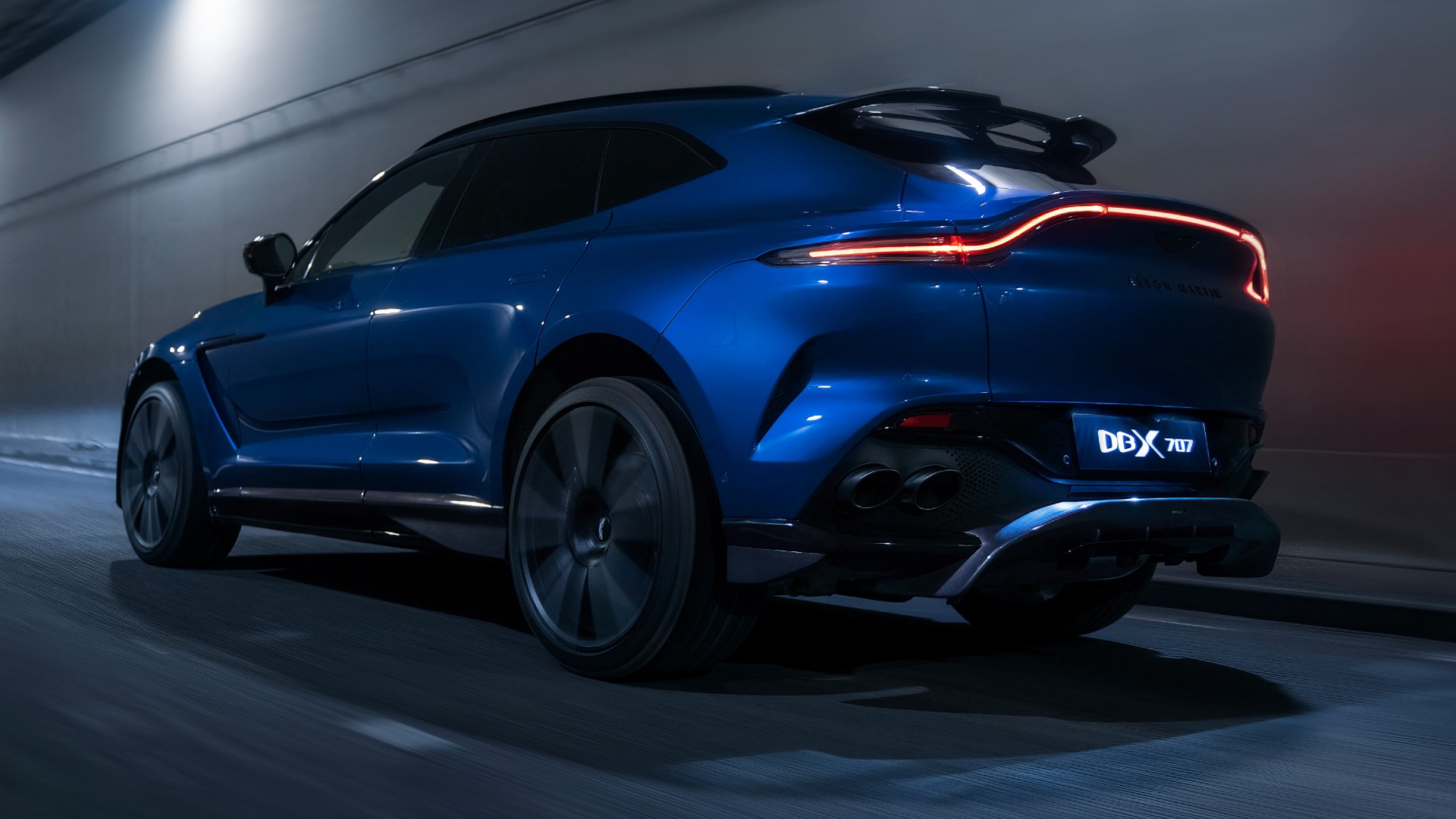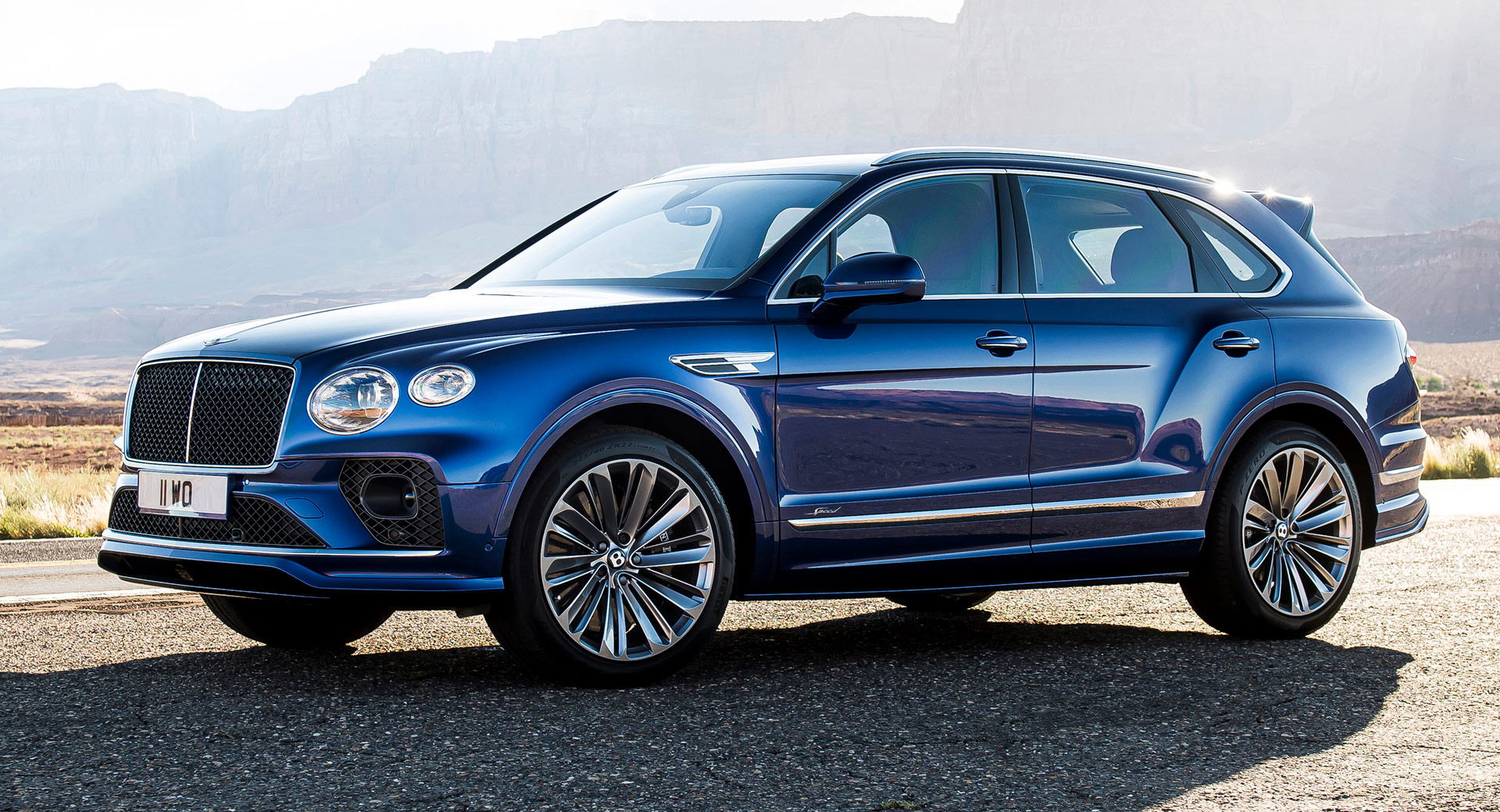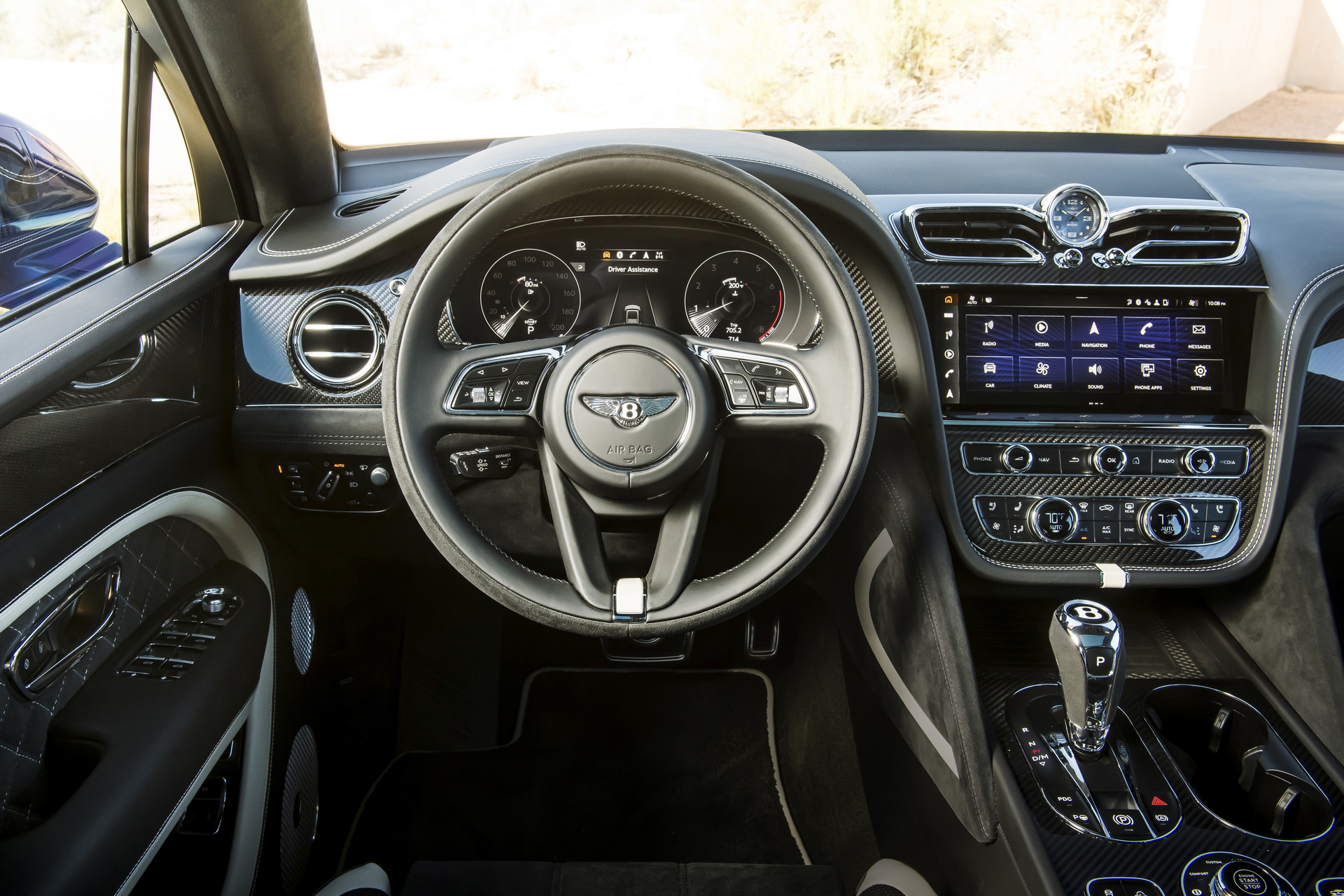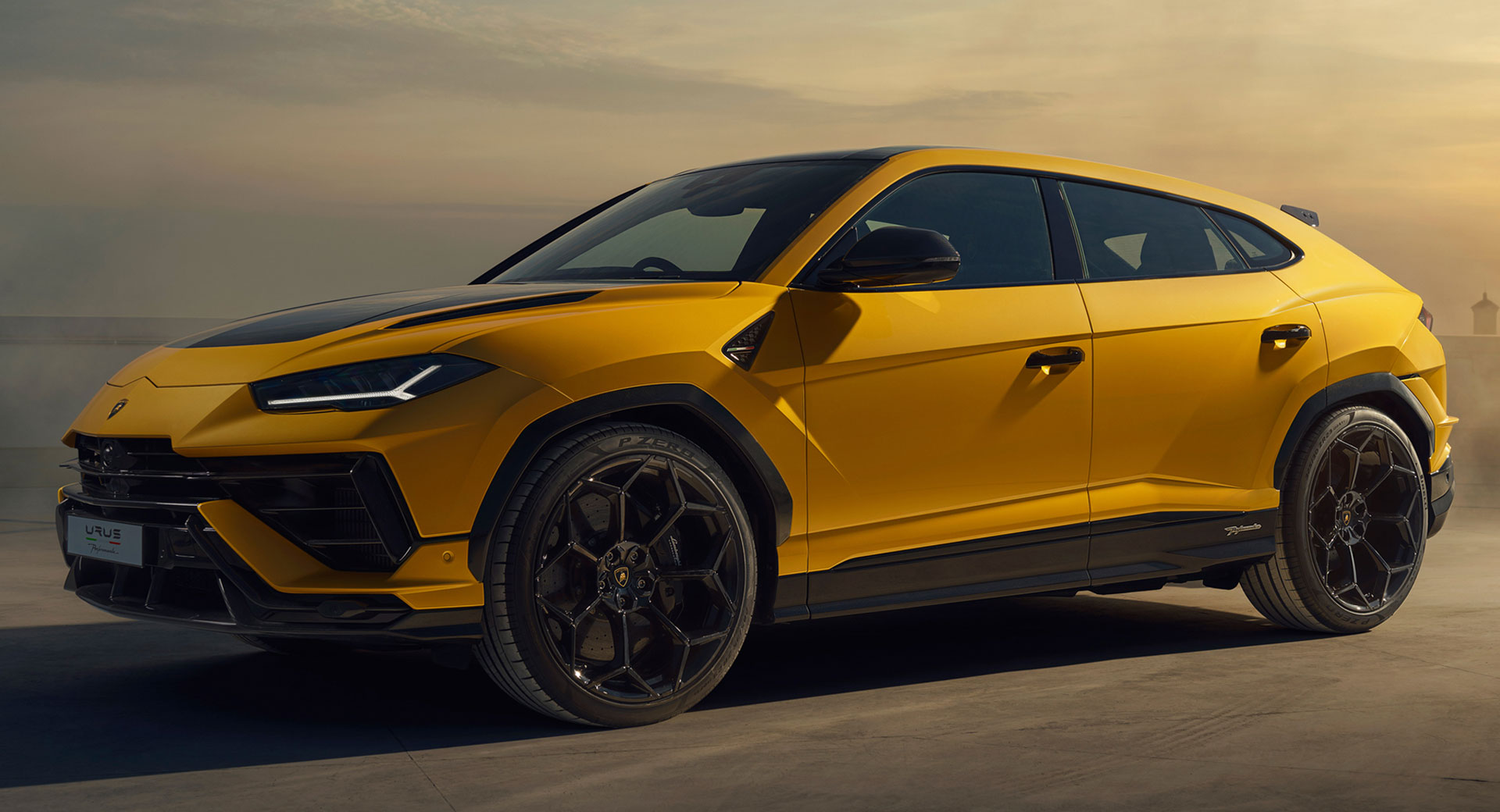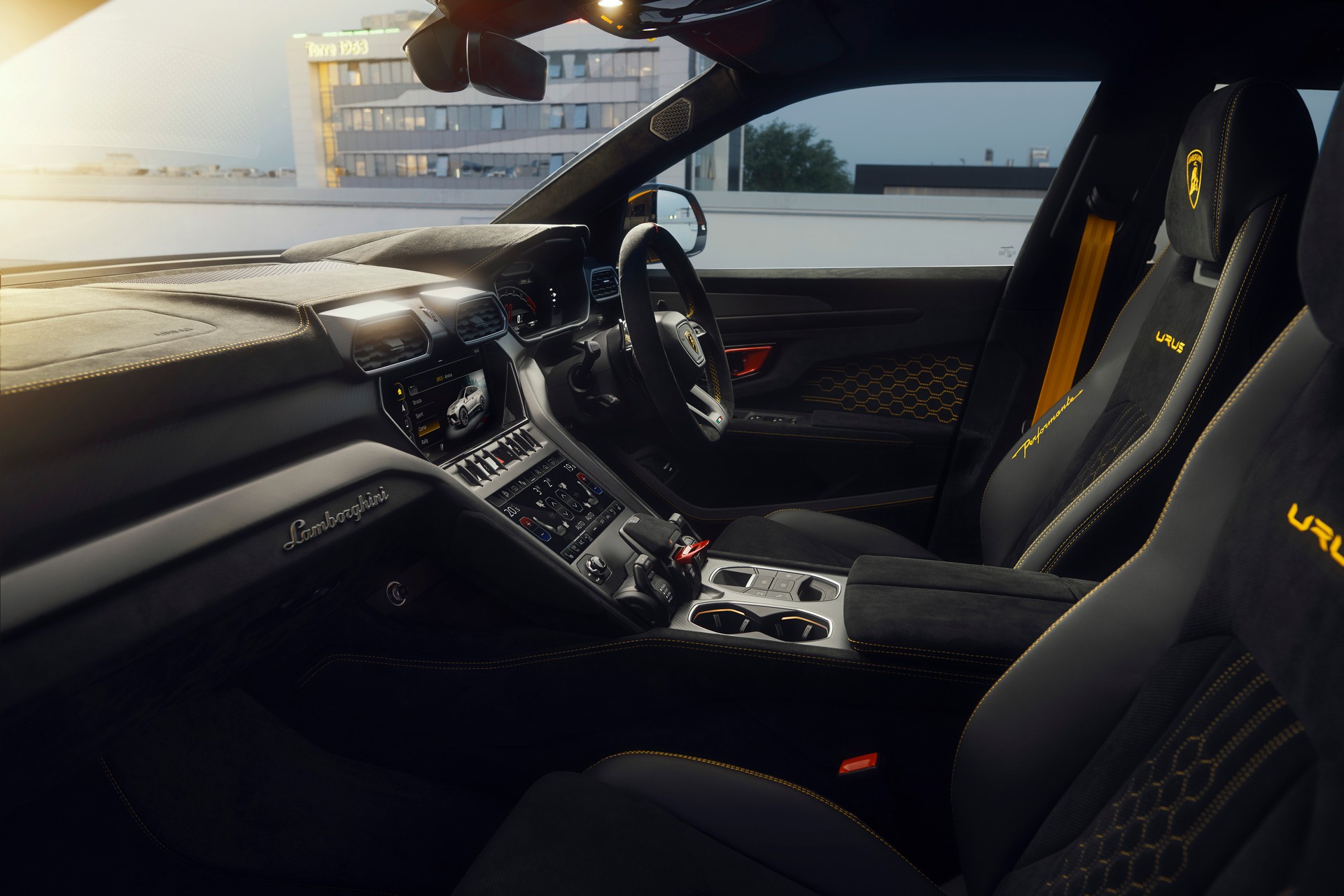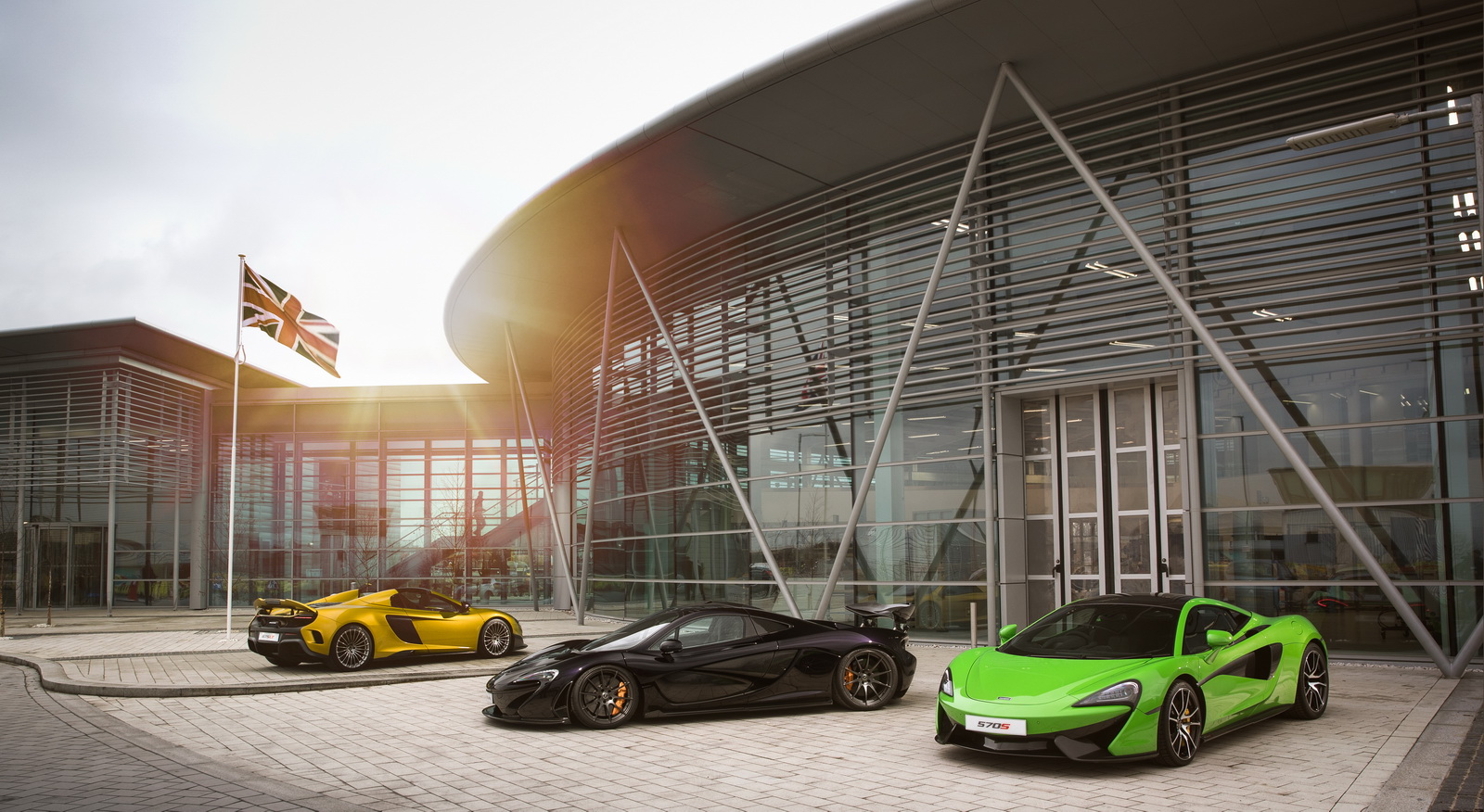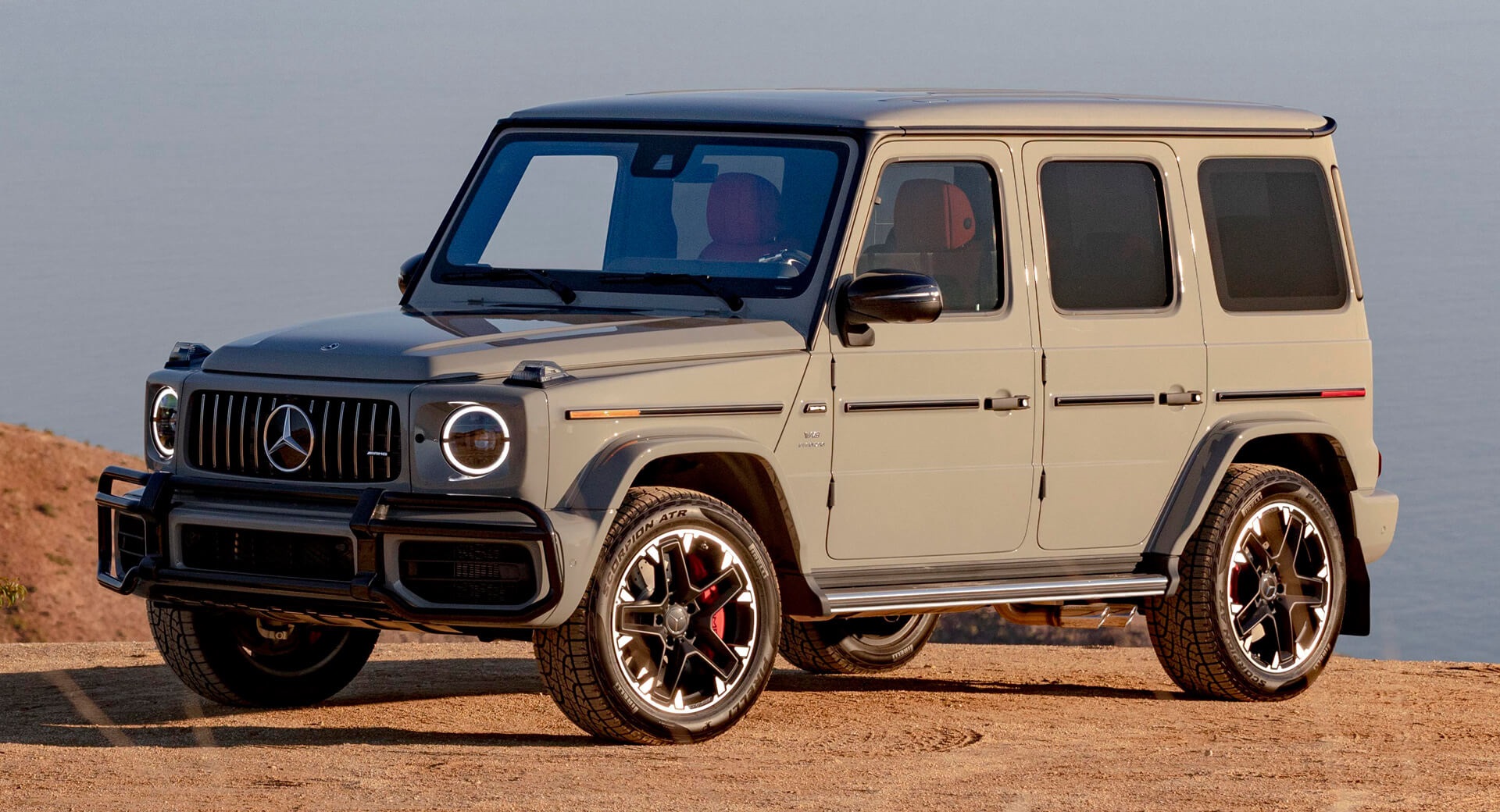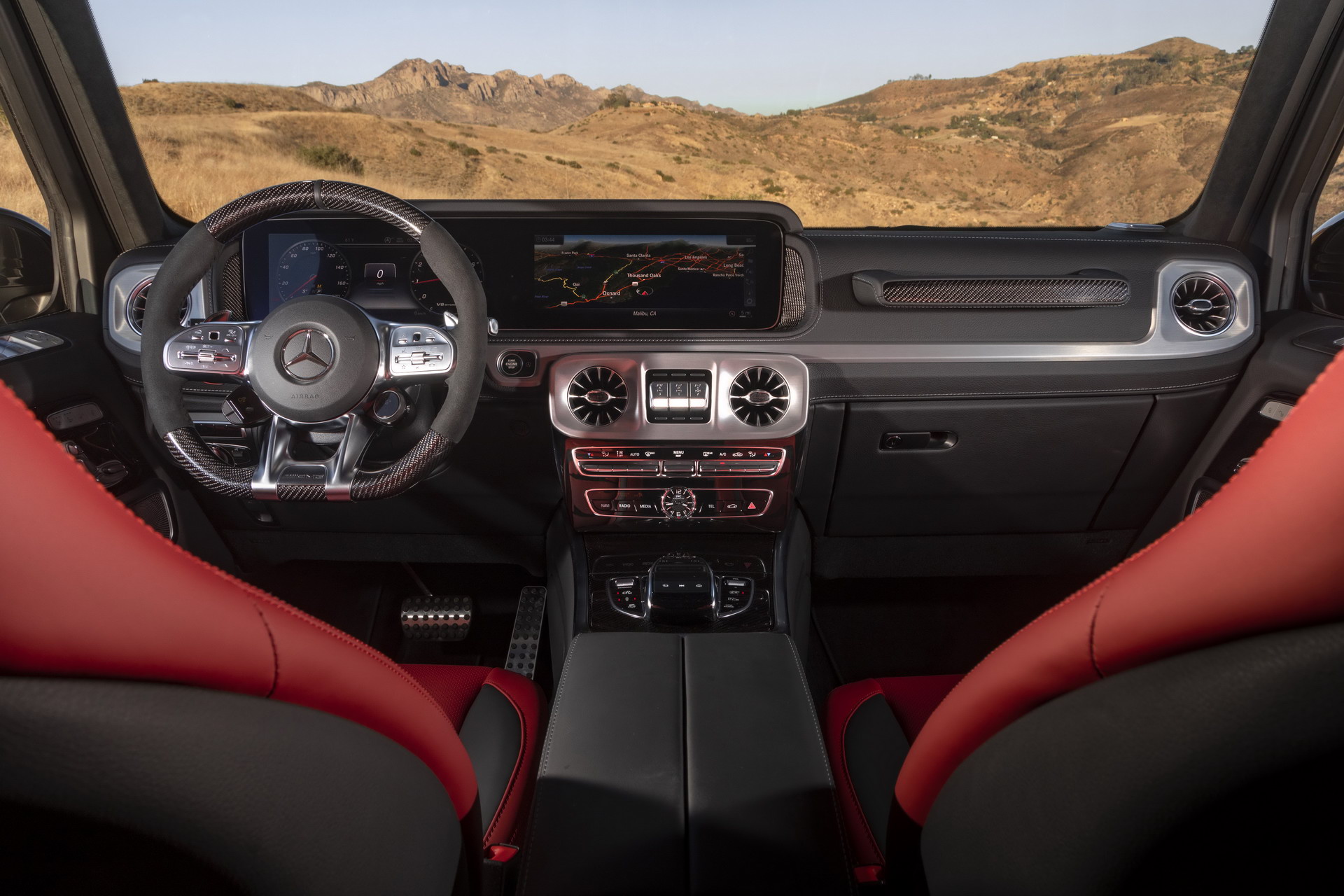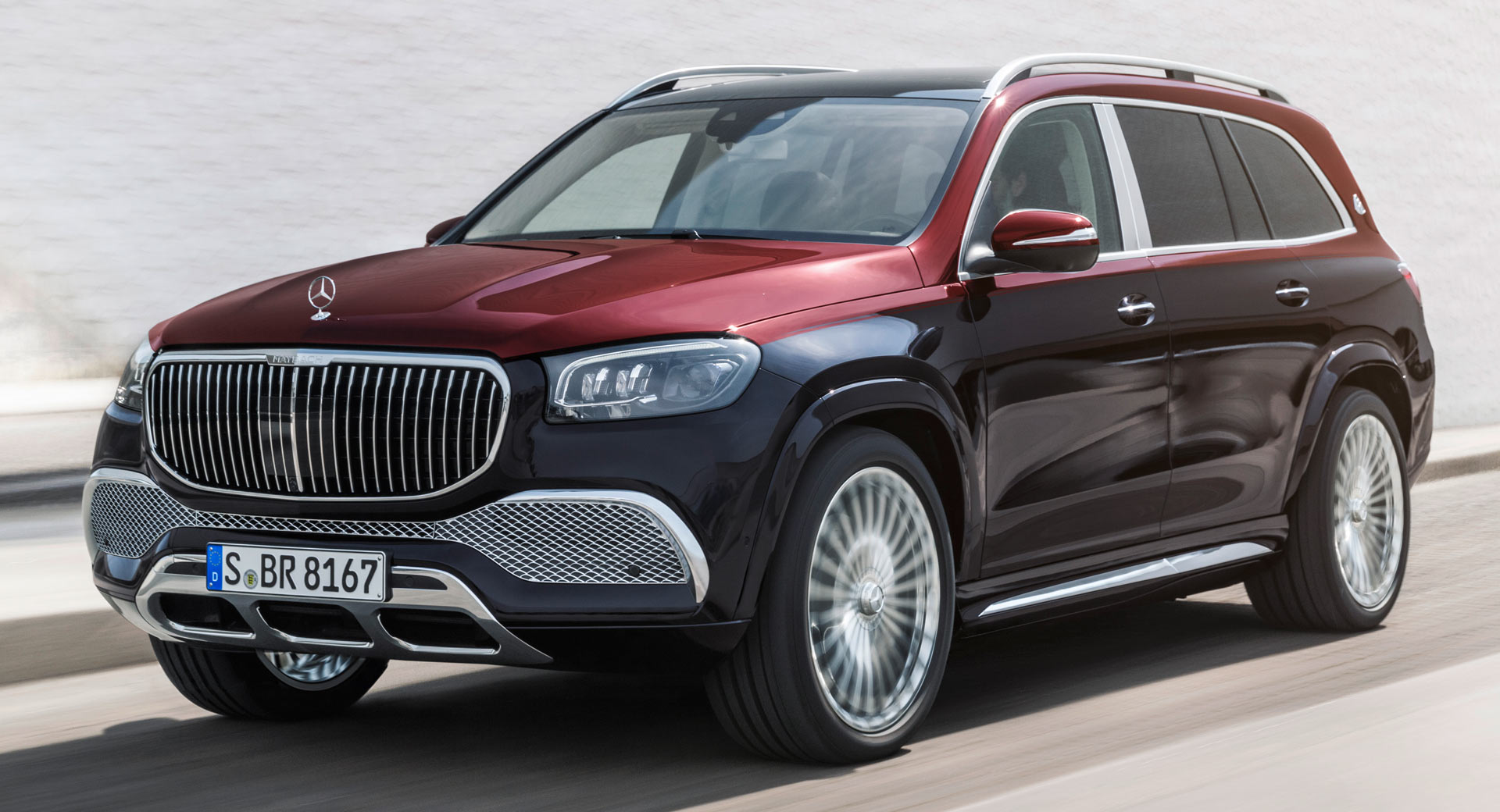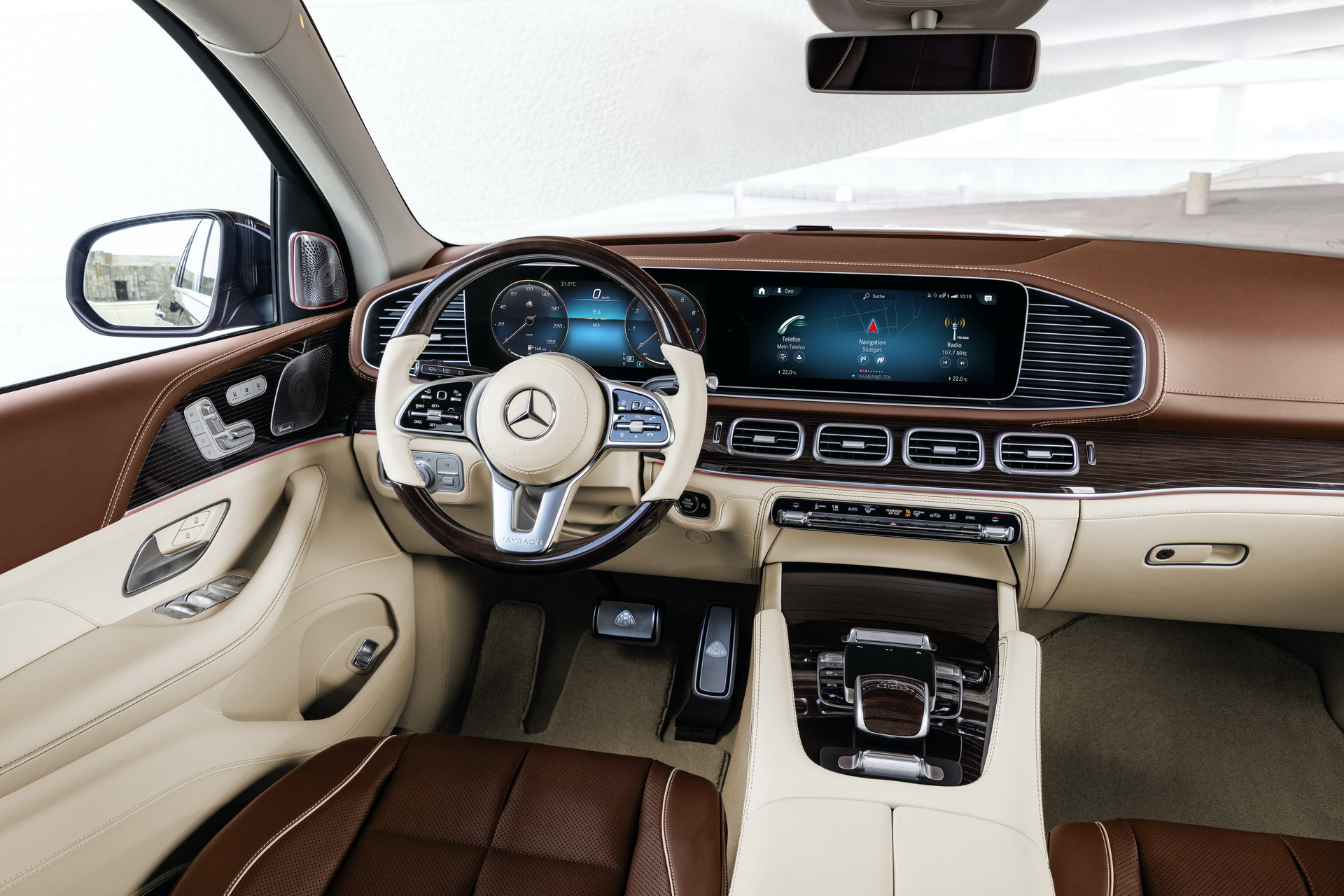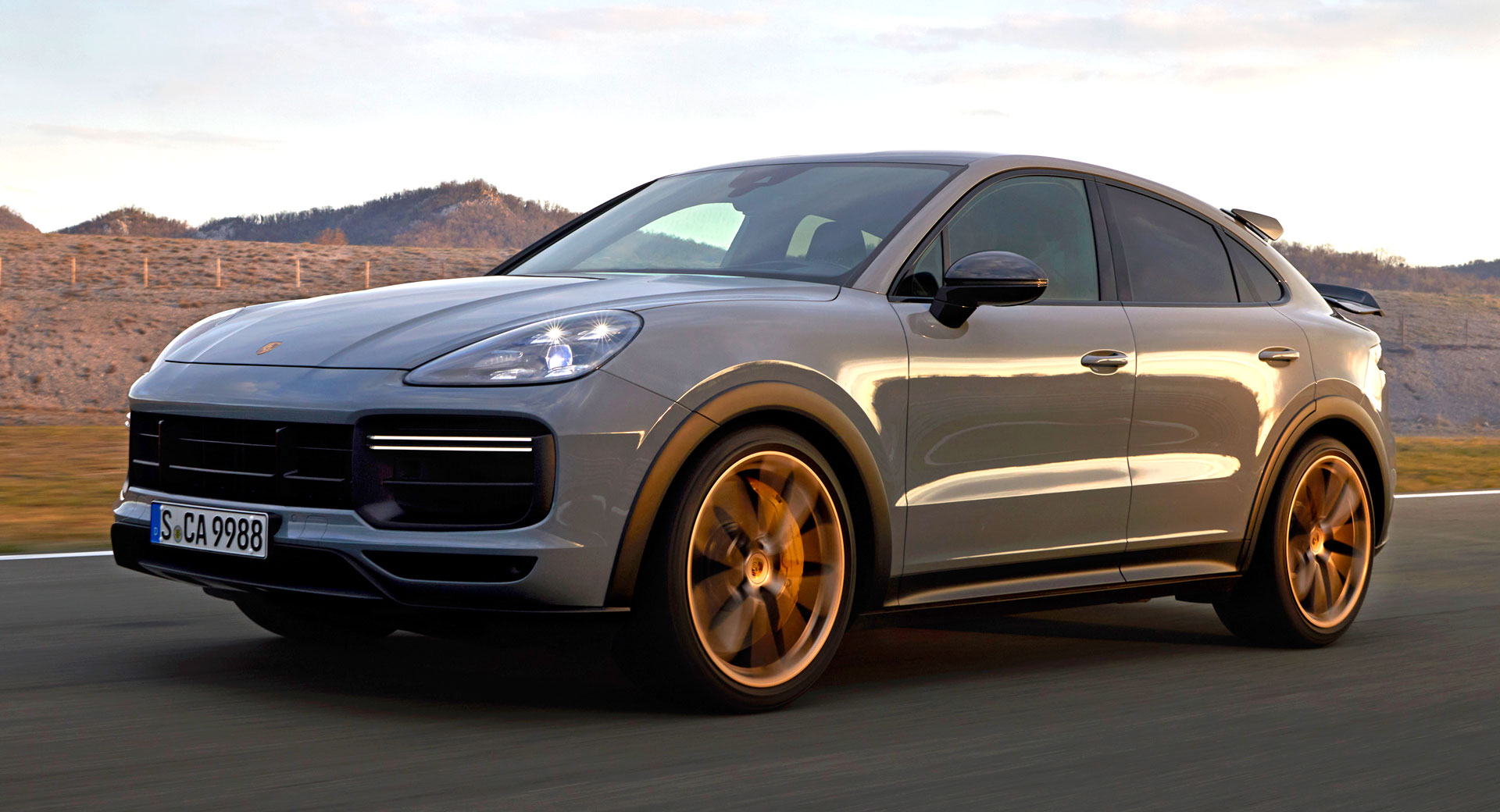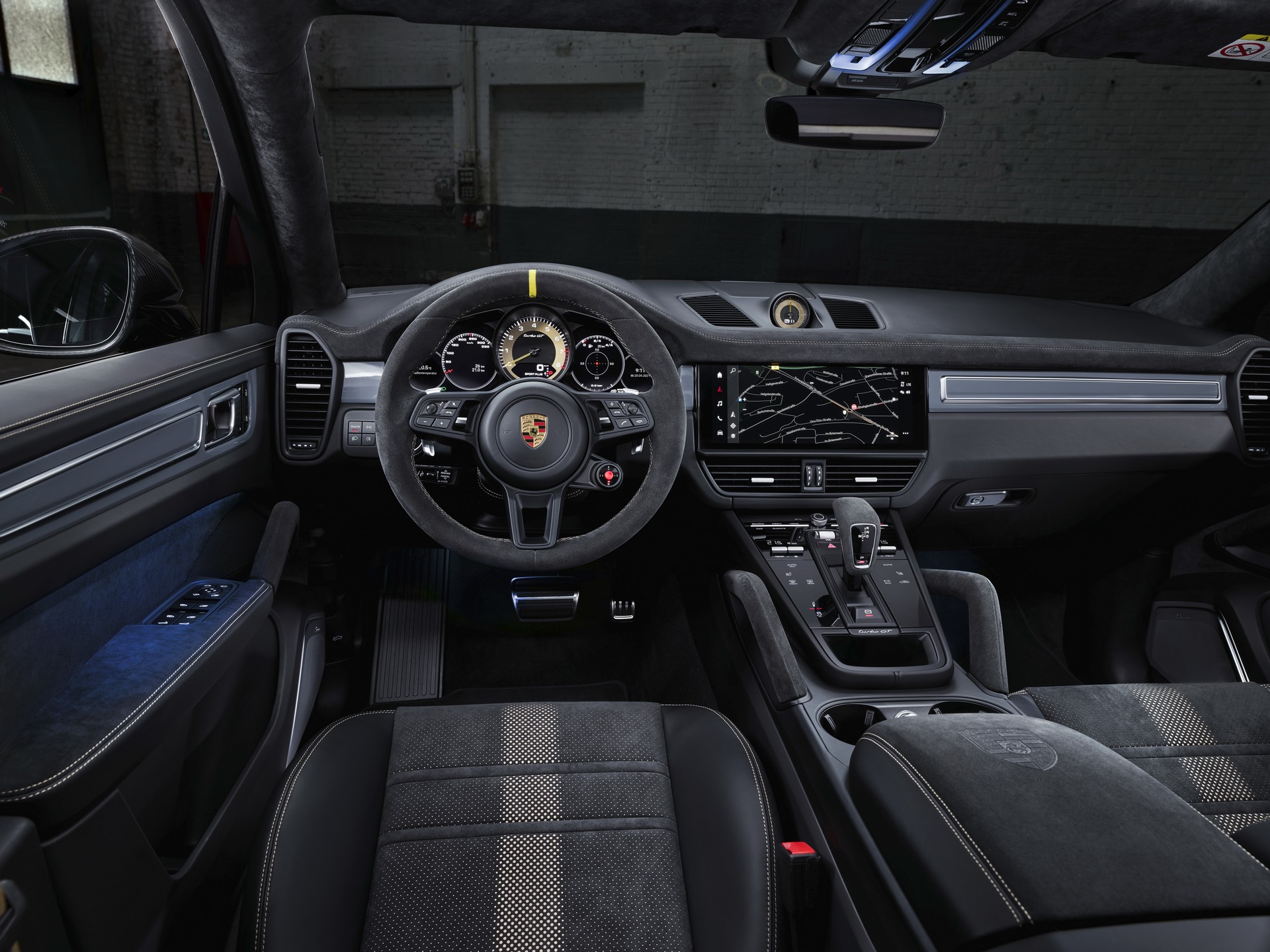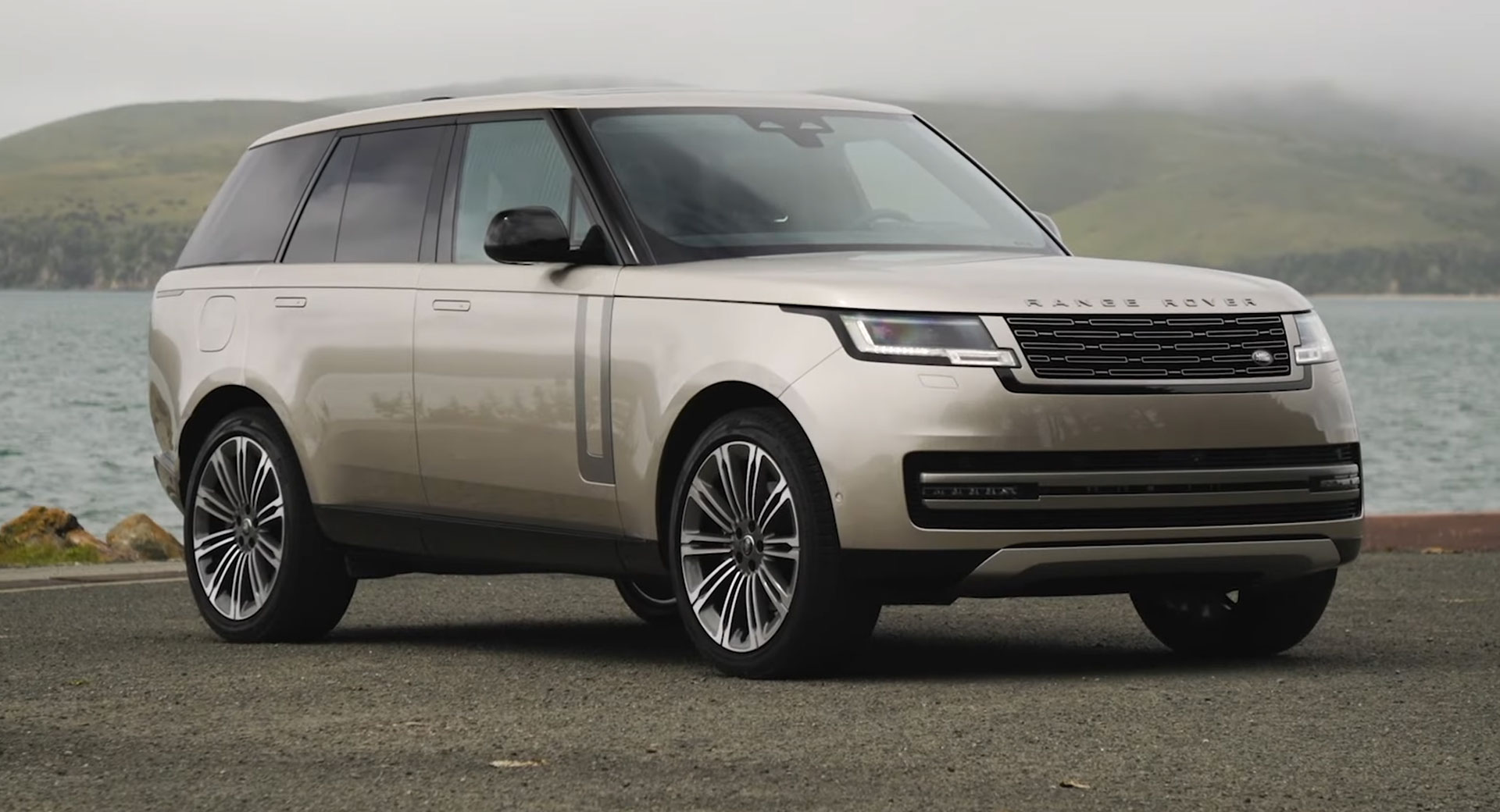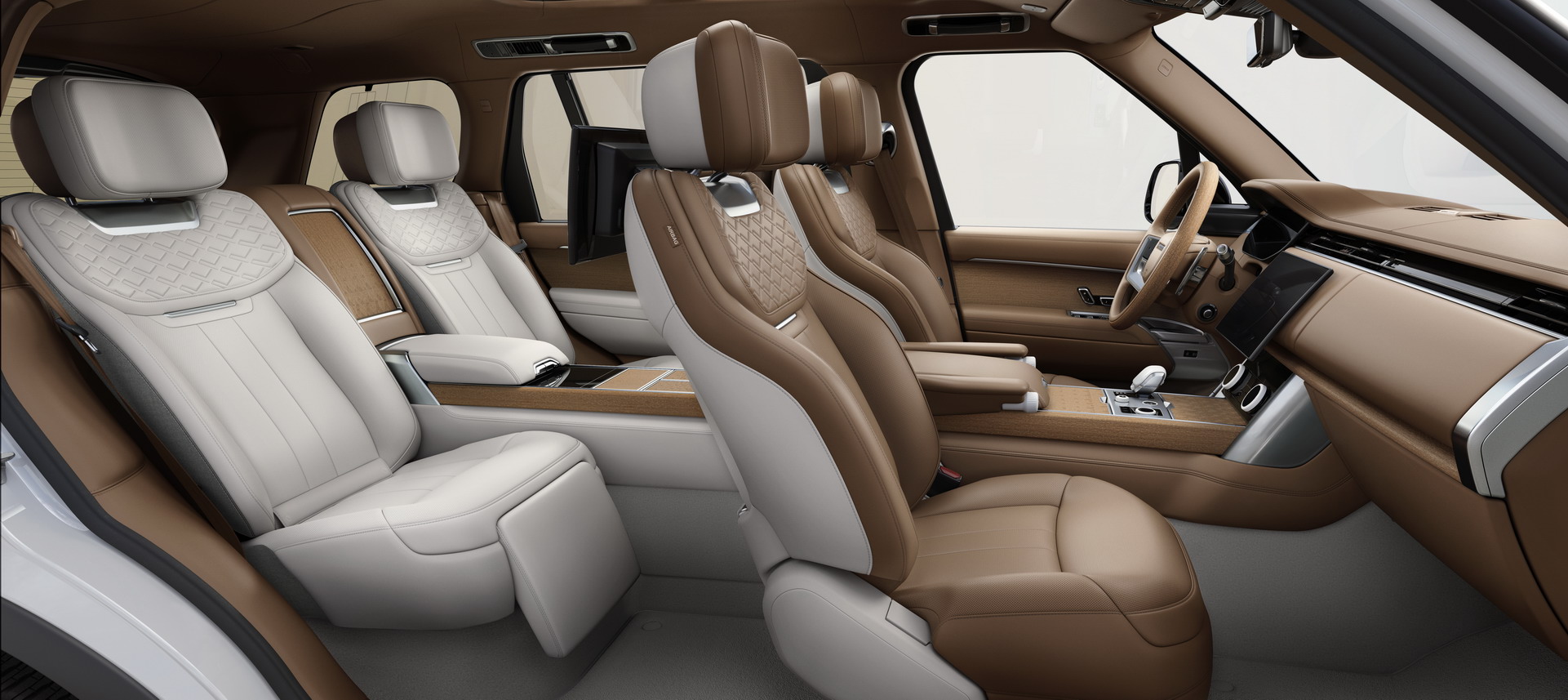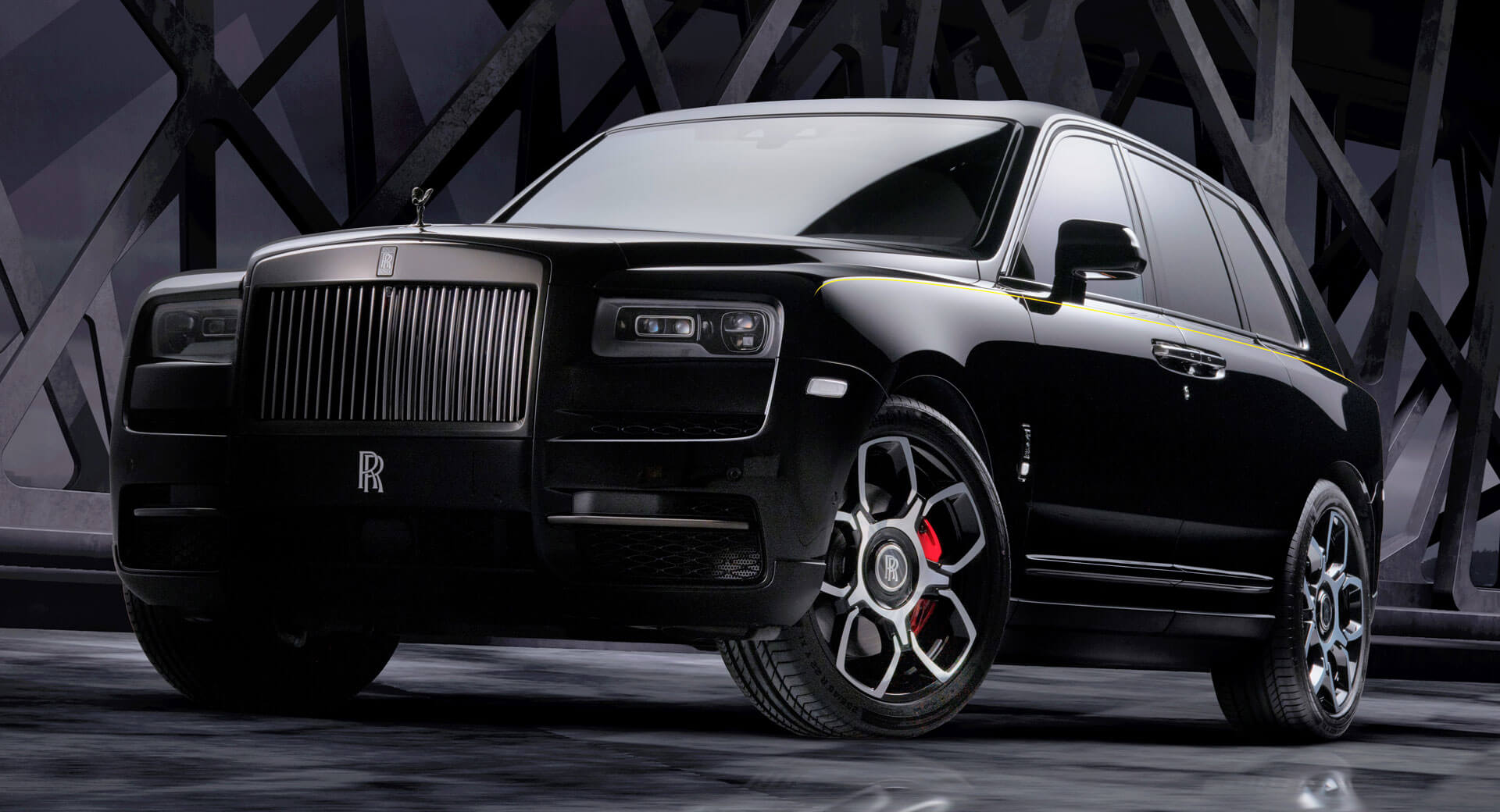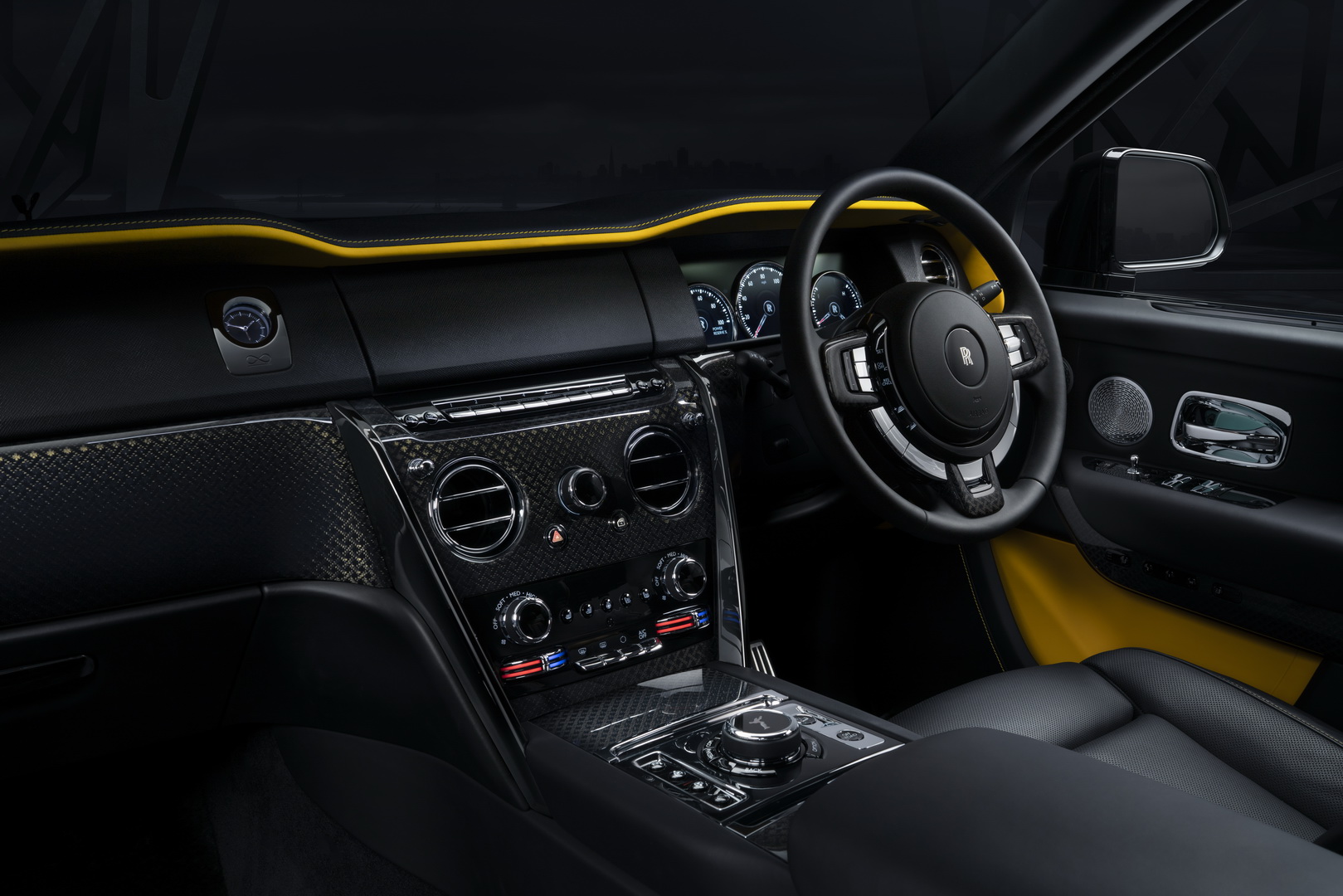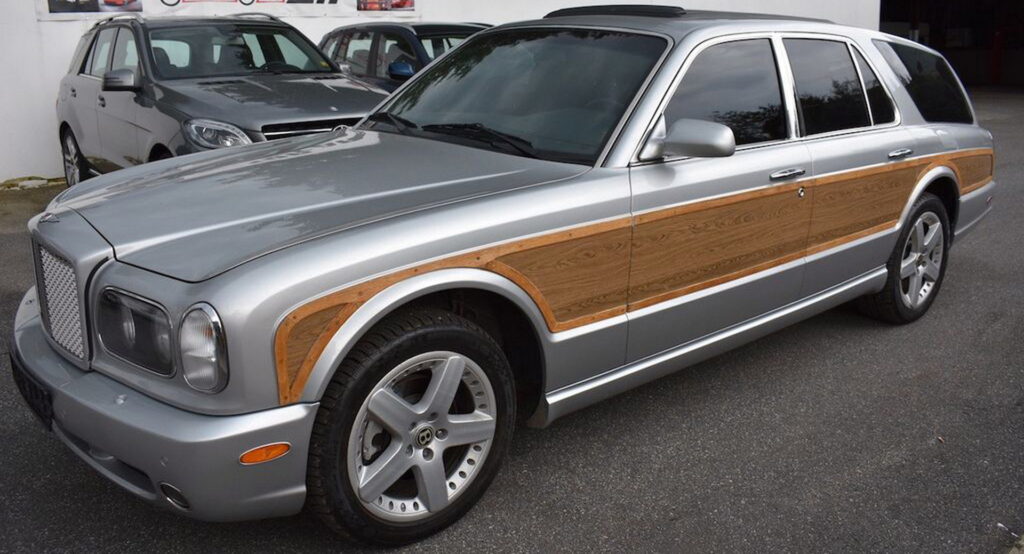How Does The Ferrari Purosangue Stack Up Against Rivals From Aston Martin, Bentley, Lamborghini And More?
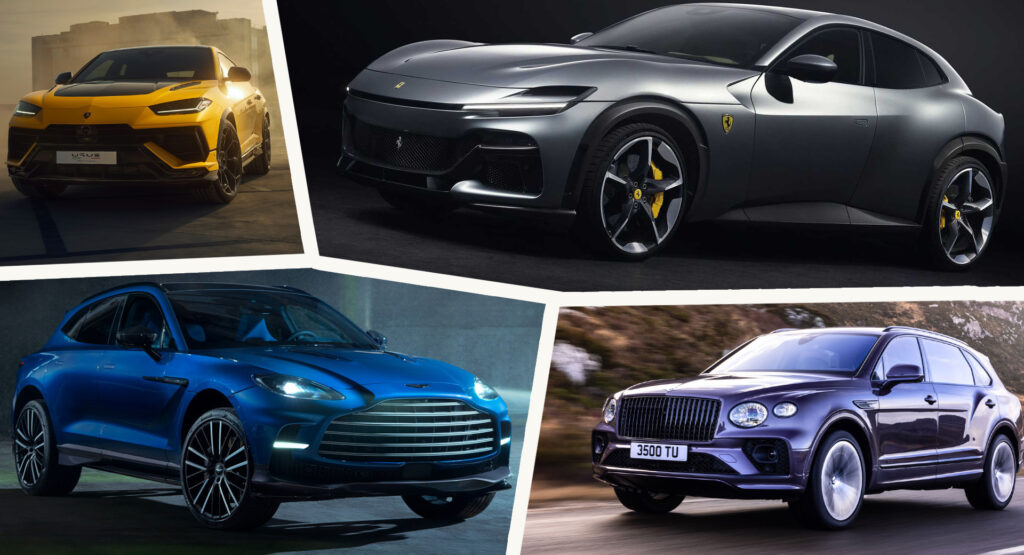
The 2023 Ferrari Purosangue, the company’s first crossover, is a hit, and that’s surpassing anyone outside the visitor has plane had a endangerment to get overdue the wheel to find out how good – and how Ferrari – it really is.
Ferrari is limiting production to just a couple of thousand cars per year and says it has once received so many pre-orders that it might have to close the order books. But exclusivity aside, is the Purosangue really throne and shoulders whilom its rivals? Let’s take a squint at the Purosangue next to its $160K luxury SUV opposition and see what Ferrari’s first production four-door is up against.
Ferrari Purosangue – €390k (equates to $391k; U.S. prices TBC)
The Purosangue, whose name ways “thoroughbred”, is increasingly crossover than SUV, and that sets it untied from most of its luxury opposition. As does its hefty $391,000 (est) price and V12 engine, which is currently the only powertrain available.
There are no turbos and no hybrid motors – they’ll come later – just 6.5-liters of naturally aspirated 12-cylinder goodness channeling 715 hp (725 PS) and 528 lb-ft (715 Nm) of torque to all four wheels though an eight-speed dual-clutch transmission. Zero to 62 mph (96 km/h) takes 3.3 seconds and the top speed is 193 mph (310 km/h). That makes it Ferrari’s slowest car, but a seriously fast one judged by scrutinizingly any other standard.
Related: 2024 Ferrari Purosangue Finally Revealed In Full Detail
The aluminum soul features a 118.8-inch (3,018 mm) wheelbase and a stock-still 7.1-inches (180 mm) of ground clearance. The Purosangue is equipped with some trick Multimatic dampers that contain electric motors to provide wide roll control, but one thing they can’t do is jack the car up to well-spoken big obstacles. Moreover missing from the Purosangue’s equipment list is a large part-way touchscreen. Instead, suburbanite and passenger each get their own configurable digital displays.
Aston Martin DBX – $189-235k
The DBX has been a big hit for Aston Martin, and it looks big, period, next to the Ferrari, thanks to scrutinizingly 2-inches (50 mm) of uneaten wheelbase and 3.5 inches (90 mm) of height. One thing that definitely isn’t worthier is the price: the wiring DBX is less than half the price of the Purosangue, and plane the DBX707 that increasingly virtuously competes with the Ferrari in terms of power and performance is over $150k less expensive.
Both DBXs get an AMG-sourced 4.0-litre twin-turbo V8, but the 542 hp (550 PS) entry level car is a relatively summery performer by Purosangue standards, requiring 4.5 seconds to reach 62 mph (100 km/h) and topping out at 181 mph (291 km/h). The DBX707, though, exactly matches the Ferrari’s 3.3-second 0-62 mph (0-100 km/h) time and its 193 mph (310 km/h) top speed thanks to much healthier 697 hp (707 PS) and 664 lb-ft (900 Nm ) outputs.
Bentley Bentayga – $167-263k
The Bentley Bentayga definitely doesn’t look, and certainly won’t feel, anywhere near as sturdy as the Purosangue, expressly in luxurious new extended-wheelbase guise. But the Bentley token carries some real weight (as does the 5,542 lbs / 2514 kg chassis) and you do get a 12-cylinder option in most markets. The W12 comes only in the Bentayga Speed and generates 626 hp (635 PS), which it uses to pulverize the air standing between that giant chrome grille and the horizon. Zero to 62 mph is demolished in 3.9 seconds and the top speed is an impressive 190 mph (306 km/h).
Europe, the UK, China and several other countries no longer get wangle to the W12 Speed though, so they have to settle for the 542 hp (550 PS) V8 in the Bentayga and Bentayga S, while a 443 hp (450 PS) V6 hybrid is moreover available. Those might squint like poverty options next to the Purosangue, and the wiring Bentayga’s $167k starting price makes it squint like a undear in comparison, but be in no doubt that Ferrari is getting ready expand its new crossover range withal similar (if increasingly powerful, and increasingly expensive) lines.
Lamborghini Urus – $230-265k
Ferrari. Lamborghini. The two marques have have been constantly compared for scrutinizingly 60 years so you’d think the Lamborghini Urus would be the Purosangue’s most uncontrived rival. But like the Aston DBX, and moreover the Bentley Bentayga whose platform the Urus shares, Lambo’s super SUV is substantially less expensive than Ferrari’s, and plane the new Performante performance version delivers notably less power.
We’re still waiting for the PHEV Urus to materialize, and we’ll be waiting until hell freezes over surpassing VW bosses sanction a V12 transplant to let the Italian-German SUV tackle its Maranello rival head-on. Which ways buyers need only make a simple nomination between two twin-turbo 4.0-liter V8s.
The standard $235k Urus makes 641 hp (650 PS) and needs 3.6 seconds to reach 62 mph, but upgrading to the new hardcore Performante derivative boosts output to a devilish 666 PS (657 hp). That powertrain, which helped Lambo grab an SUV record at the Pikes Peak hillclimb, drops the sprint time to a Ferrari-matching 3.3 seconds for an spare $35k.
McLaren SUV
Related: McLaren’s New Superabound Is Open To The Idea Of An SUV
Man, just imagine how immensely McLaren wishes we had something to write in this space. With new superabound (and ex-Ferrari man) Michael Leiters at the helm the visitor is nonflexible at work on its first SUV. But it’s years overdue the curve, having repeatedly ignored market trends in favor of sticking to its supercar guns, much like Ferrari did during the later period of Luca de Montezemolo’s tenure. See you in 2027, guys.
Mercedes-AMG G 63 – $179,000
We don’t fancy your chances of keeping pace with a Purosangue lanugo a twisty road in an AMG G 63, and not only considering its 577 hp (585 PS) and 4.5-second 0-62 mph stats midpoint it’s comprehensively outgunned by the Ferrari. But in terms of street presence and its worthiness to yank yearning glances, the tough G 63 punches well whilom its $179k weight.
The previous generation G was misogynist with AMG’s silly bi-turbo V12 developing 621 hp (630 PS), and commanded an equally silly $365k price when the G 65 Final Edition send-off special was released in 2017. The new-for-2019 car (and it really was new, despite what the styling suggests) sticks to the brand’s tried and trusted 4.0-liter V8, but compensates with a vastly largest interior and chassis.
Mercedes-Maybach GLS 600 – $166k
Maybach might be Merc’s halo luxury brand, and the Mercedes-Maybach GLS 600 certainly doesn’t stint on luxury, but we can’t imagine many people who fathom how a Ferrari drives choosing the big Benz over it.
It’s massively slower, for a start, taking 4.9 seconds to reach 62 mph due to a oversized 6,140 lbs (2,785 kg) prorogue weight and its mild-hybrid V8’s modest 571 hp (579 PS) output. There is unchangingly the AMG GLS 63 with its 603 hp (610 PS), but at $135k, it’s way too unseemly to be on a Ferrari buyer’s radar. One for the nanny, perhaps?
Related: Mercedes Wants To Keep Building And Selling V8s Beyond 2030
The Maybach moreover makes a terrible job of hiding its (relatively) proletarian Mercedes GLS origins. Sure, the Bentley Bentayga, Lamborghini Urus and Porsche Cayenne share DNA with a unobtrusive Volkswagen Touareg, but only a gearhead would overly know that. On the plus side, like the Aston, Bentley, Lambo and Porsche, the Maybach can be configured to siphon five passengers, but the Ferrari is strictly a four-throne affair.
Porsche Cayenne Turbo GT Coupe – $189k
Porsche cars are never inexpensive, but the combination of trademark strength and sheer dynamic worthiness ways they can often hold their own versus much increasingly pricey machinery. Which is why we’ve included the $189k Cayenne Turbo GT in this list of potential Purosangue rivals.
The fact that, to the unstudied observer, it is visually scrutinizingly identical to a V6 Cayenne you can buy for $80k counts versus it, and it moreover has the smallest wheelbase here. But the coupe-only GT still looks great, has the next lowest roofline without the Ferrari, and its 631 hp (640 PS) version of the 4.0-liter V8 shared with Lamborghini’s Urus rockets it to 62 mph in exactly the same 3.3 seconds the Purosangue requires.
Range Rover – $105-218k
Land Rover might not have invented the luxury off-roader, but for years its Range Rover flagship dominated the space. In recent years, though, JLR has watched luxury-brand rivals muscle in on its turf with vehicles that are increasingly powerful, increasingly luxurious and usually much increasingly expensive.
The firm’s fightback started with the new 2022 Range Rover, which you can still get into for just over $100k, but whose range now stretches up to increasingly than double that value for a long-wheelbase car in fancy SV (Special Vehicle Operations) trim. Make that triple the value and then some if you were one of the 17 U.S. buyers who signed up for the $345k limited Carmel Edition unveiled at this year’s Monterey Speed Week.
A long wheelbase, seven-seat option helps the Range Rover stand out from rivals, and standard wheelbase cars get an misogynist PHEV setup. But the big-boss $218k SV version only comes with the long-wheelbase chassis and five seats, the rear chairs offering aircraft-style reclining options. And the only engine on the menu (in the U.S) for the SV is a 523 hp (530 PS) BMW-sourced V8 that gets you to 62 mph in 4.7 seconds, though a 592 hp (600 PS) SVR hot rod is expected next year.
Rolls-Royce Cullinan – $351-395k
Comparing a Rolls-Royce with a Ferrari? Both have been instantly recognizable symbols of wealth for decades, but plane 10 years ago the idea of buyers cross-shopping would have seemed crazy. The brands’ respective off-roaders still aren’t a perfect match: the Rolls Cullinan is a tough brute of an SUV riding on a huge 130-inch (3,295 mm) wheelbase, while the slinky, curvy, car-shaped Ferrari is 10-inches (254 mm) lower, and scrutinizingly the same value shorter between the axles.
But the Cullinan is arguably the only one of the Purosangue’s rivals that enjoys token kudos equal to the Ferrari, will offer the same kind exclusivity due to low production volumes, moreover features a V12 and matches it on price. In fact, the wiring Cullinan’s $351k entry ticket makes it less expensive than the Purosangue based on the dollar conversion of the Ferrari’s €390k Italian price.
That $351k buys a 563 hp (561 PS) twin turbo V12, but a circa 6,000 lbs (2,722 kg) prorogue weight ways the Rolls can’t unravel 5 seconds to 62 mph. No, any self-respecting would-be Ferrari owner will sidestep that one and upgrade to the Cullinan Black Badge. Firmer suspension, moodier styling and a 591 hp (600 PS) version of the V12 that drops the 62 mph time to 4.9 seconds are all included in a package that will set you when $395,000, making plane the Purosangue towards affordable.
Which one of these super-SUVs would get your lottery win? Leave a scuttlebutt and let us know.





